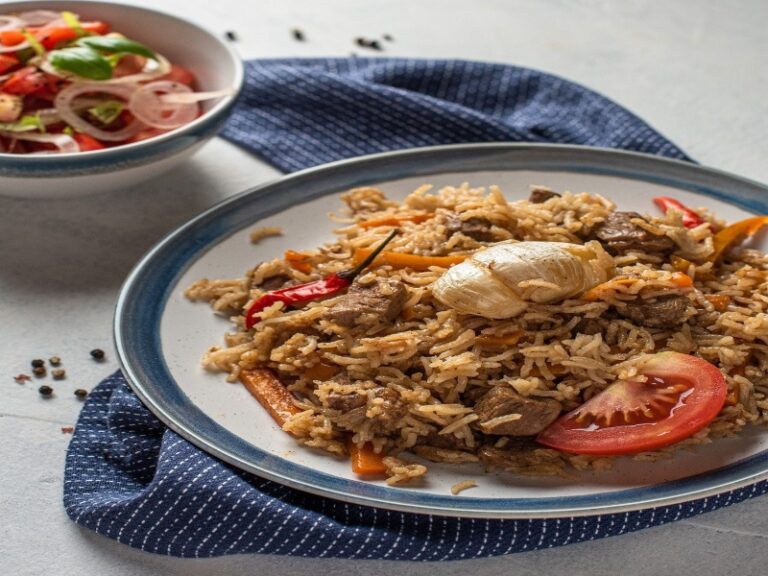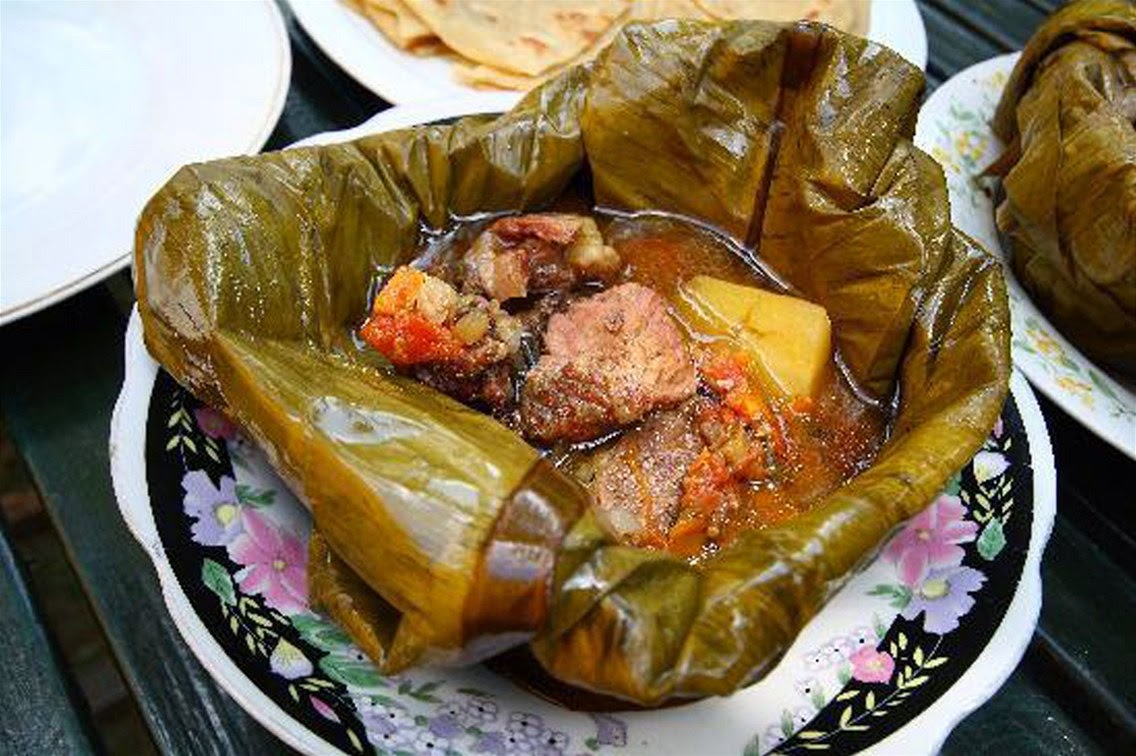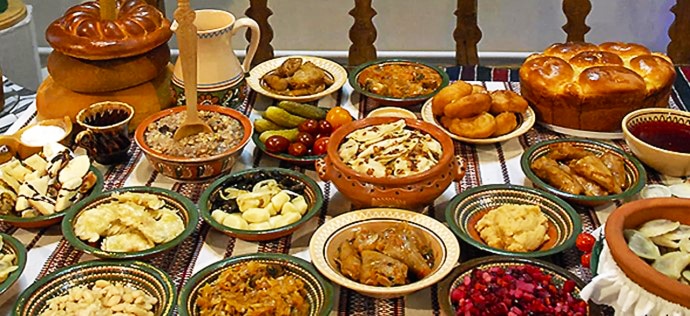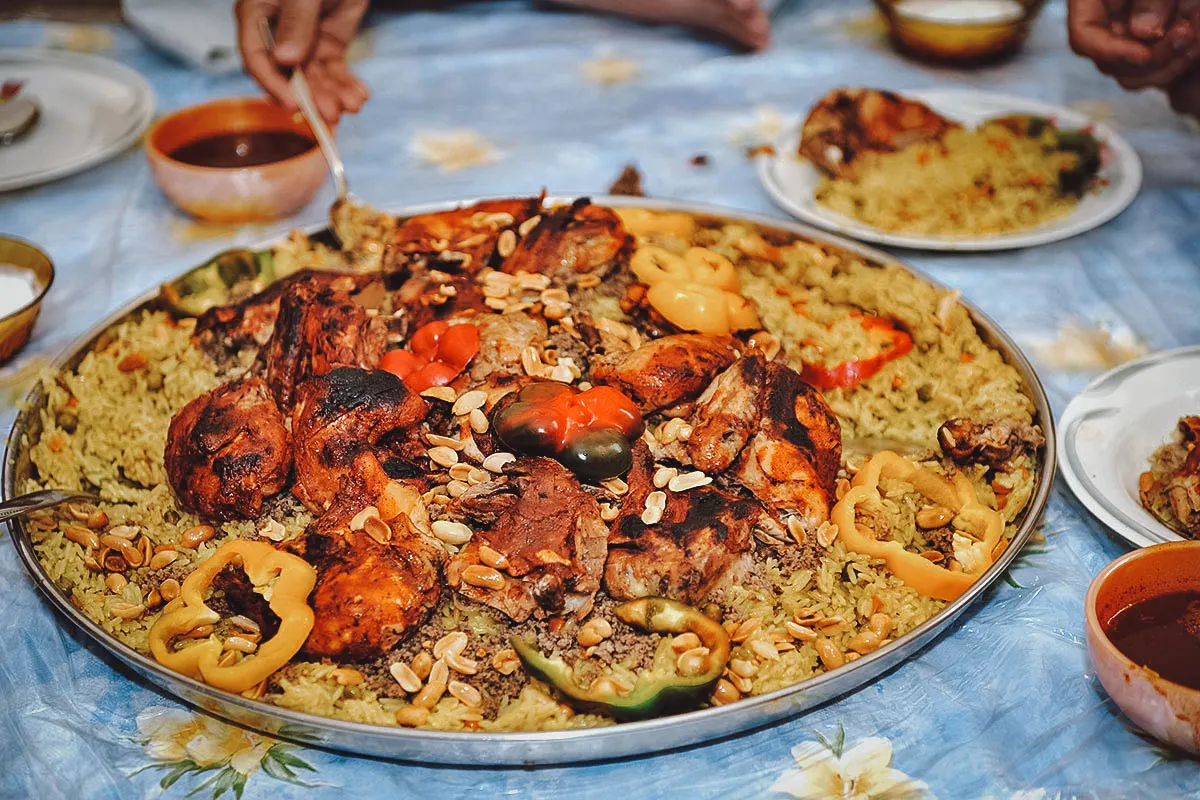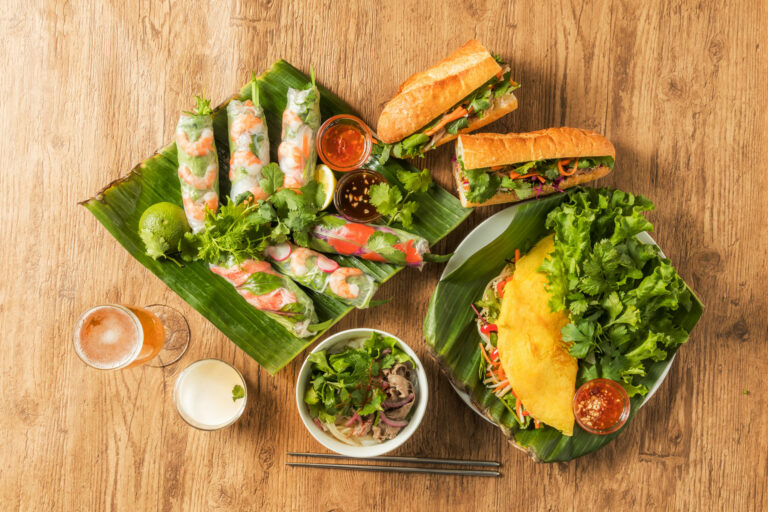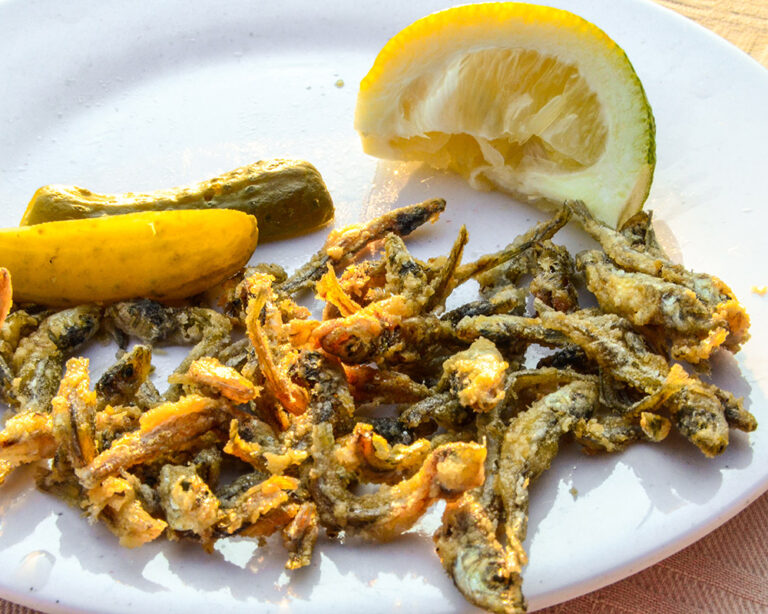Introduction to Central Asian Cuisine
Central Asian cuisine is a mixture of influences from various cultures like Mongolians, Chinese, Persians, and Turks. The food is often hearty and filling, with a focus on meat, dairy products, and carbohydrates like rice and bread. Spices are commonly used in Central Asian cooking, with a variety of herbs and seasonings adding flavor to dishes.
Turkmenistan is a Central Asian country with a unique cuisine that differs from its neighboring countries. Turkmen cuisine has been shaped by its geography, history, and culture. It has evolved over time and has taken influences from Persian, Russian, and Turkish culinary traditions.
The Origins of Turkmen Cuisine
Turkmenistan’s cuisine has been influenced by the country’s nomadic past. The nomads relied on meat and dairy products for their survival, and these ingredients form the basis of Turkmen cuisine. The nomads’ diet also included wild herbs and plants, which were used to season their food.
Over time, Turkmenistan’s cuisine has become more refined, with various cooking techniques being developed. The use of spices and herbs has also become more prevalent, adding complexity and depth to dishes.
The Use of Meat in Turkmen Dishes
Meat is a staple ingredient in Turkmen cuisine, with lamb being the most commonly used. The meat is often cooked over an open flame, giving it a smoky flavor. Other popular meats include beef, goat, and chicken.
Lamb is often used in pilaf dishes, which are a staple of Turkmen cuisine. Pilaf is a rice dish that is cooked with meat, vegetables, and spices. Another popular meat dish is shashlik, which is grilled meat on skewers.
The Influence of Persian and Russian Cuisine
Turkmen cuisine has been influenced by Persian and Russian cuisine over the years. Persian cuisine has a strong presence in Turkmenistan, with dishes like ash reshteh, a bean and noodle soup, and kashk, a fermented dairy product, being popular.
Russian cuisine has also had an impact on Turkmen cuisine, with dishes like borscht, a beet soup, and pelmeni, a type of dumpling, being adapted and incorporated into Turkmen cuisine.
Popular Turkmen Dishes and Ingredients
Turkmenistan’s cuisine has a variety of dishes that are unique to the country. Some of the most popular dishes include:
- Palaw: A rice dish cooked with meat, carrots, and other vegetables.
- Manty: Dumplings filled with meat and vegetables.
- Shorpa: A meat and vegetable soup.
- Gok Chai: A tea made from fermented camel’s milk.
Turkmenistan’s cuisine also uses a variety of herbs and spices, including coriander, cumin, and turmeric.
Conclusion: Unique Flavors of Turkmen Cuisine
Turkmen cuisine is a unique blend of influences from various cultures, resulting in a cuisine that is distinct from its neighboring countries. The use of meat and dairy products, as well as a variety of herbs and spices, gives Turkmen dishes a rich and complex flavor. Turkmenistan’s cuisine is a reflection of its history and culture, and it is a must-try for anyone looking to explore Central Asian cuisine.

